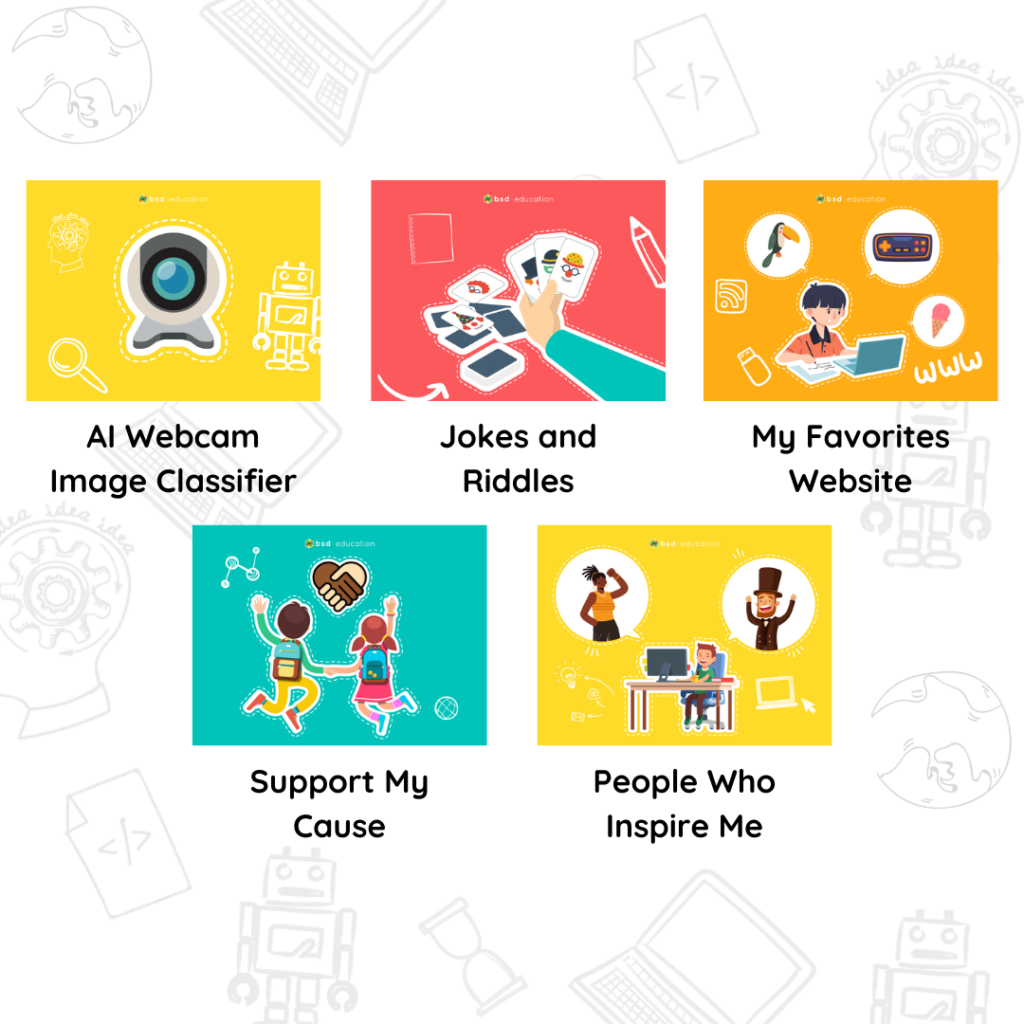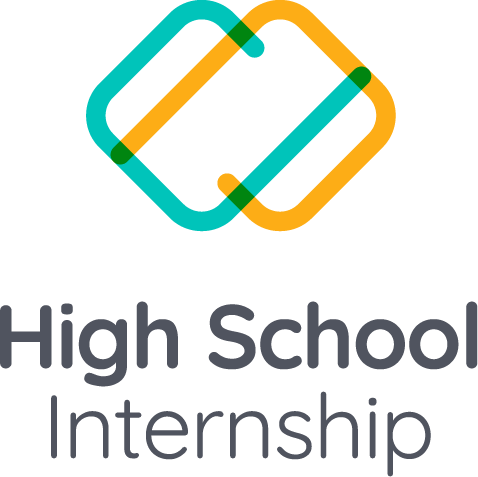As educators, we want to bring our students the most relevant and engaging learning experience to prepare for the future. Furthermore, providing “meaningful digital activities” within courses is effective, and what does this mean? Where do you start? First of all, let’s debunk the differences between Education Technology (EdTech) versus Technology Education (Tech-Ed).
To boost the learning process in STEM, teachers use search engines to conduct research or write using Google Docs. Through EdTech, students use appropriate technology tools to do a traditional classroom activity more effectively, efficiently, or engagingly.
However, while using technology to improve formal education, many teachers are not changing “what” students learn. Unfortunately, many teachers are not changing “what” students learn by using technology to improve formal education. We need to teach our students to create rather than consume.
To learn more about how technology works, we recommend studying technology education which encompasses coding and programming, technology innovation, and computer science. Your school’s coding elective or technology class will likely cover technology education learning.
However, we still find the absence of a real-world connection and authenticity in classroom technology projects.
Education Technology |
Technology Education |
| Using technology in your classroom | Teaching how technology works |
At BSD, we believe in a holistic approach to learning, where students are creatively pro-active and their education is sustainably relevant. So in our curriculum, we take on a blended approach to bring balance to technology learning. It shouldn’t be EdTech or tech-ed.
Additionally, we enable teachers to integrate technology meaningfully into their lessons by offering a project-based technology curriculum. These include projects like building a website to present research for history using HTML and CSS or reinforcing the learning of planets and orbit using JavaScript.
In the K-12 Comp-Sci Framework, the ‘practice’ highlights the opportunities and benefits of a cross-curricular approach to developing computational thinking purposefully.
Supported by tech in English, Mathematics, and Science, students develop their skills in defining problems and developing models through abstraction. Additionally, students hone their communication skills through exciting projects such as building an information chatbot to showcase their subject understanding.
Therefore, schools prefer a more specialist approach to offer students the depth of learning, especially with the current curriculum demands.
Code Is: Your Voice
Try Code Is Your Voice today with 6 free coding projects to start building something different today!
Learn more

